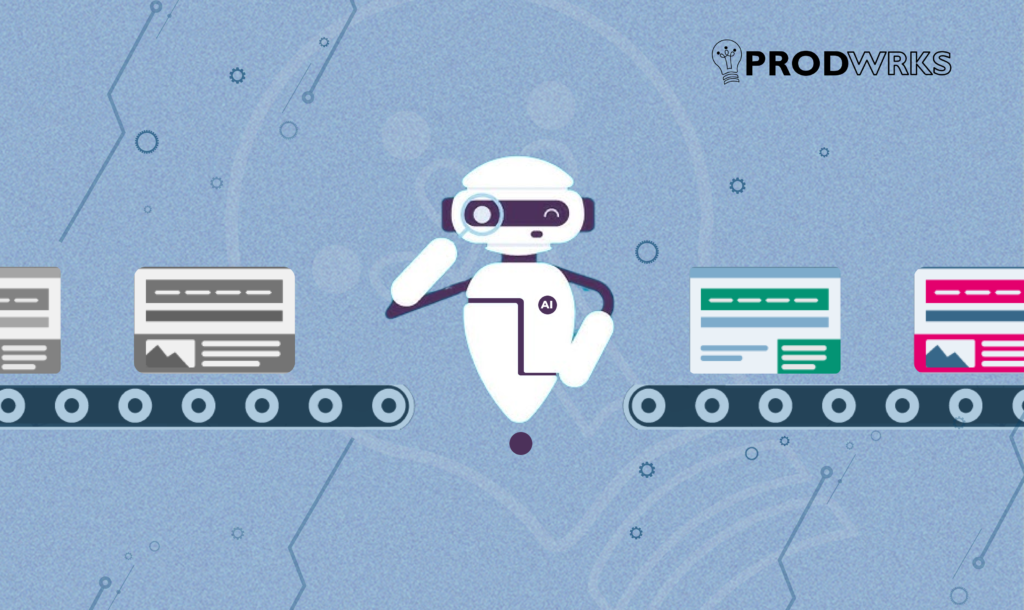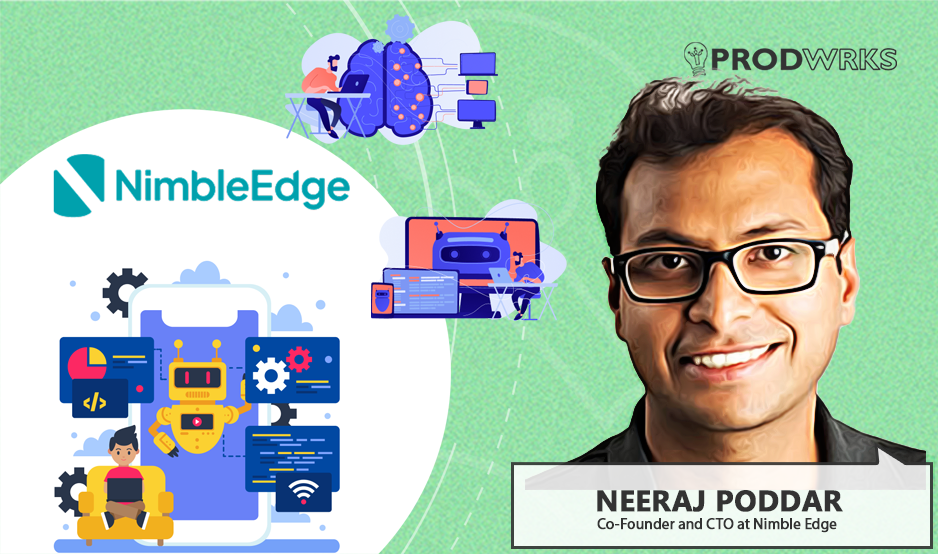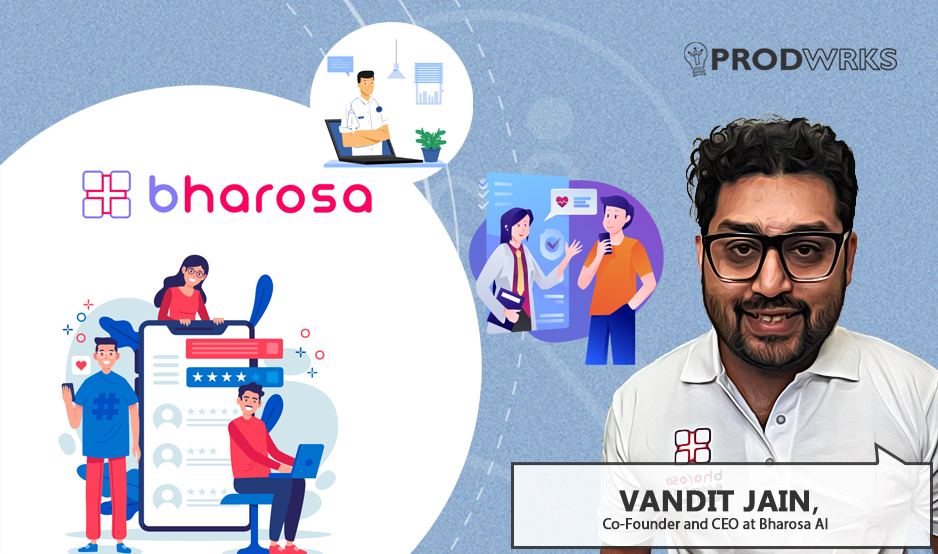
The author of this article is Mudit Singh, Head of Growth and Marketing at LambdaTest
Although continuous delivery promises rapid software delivery cycles, still ensuring quality at pace poses a significant challenge. Traditional testing approaches often lag, and they are unable to keep up with rapid deployment cycles and the increasing complexity of modern software. Further, the traditional test automation tools, though valuable, often struggle to adapt to frequent code changes and lack the intelligence to prioritize these tests effectively.
On the other hand, AI-driven test orchestration goes beyond automation and leverages AI and ML algorithms to create a smarter and more efficient CD process.
Need for Smart Test Orchestration Process
Test Script Fragility and Maintenance Issues:
Frequent code changes lead to fragile test scripts needing constant updates and creating significant maintenance burdens. In such a scenario, adding new features and refactoring code adds to more complexity making it tough to maintain comprehensive test coverage. This can further lead to the accumulation of technical debt as complex and poorly designed test scripts can slow down the process.
Sluggish and Inefficient Test Execution:
Dealing with Flaky Tests:
What can AI-Driven Test Orchestration Offer?
1. Improved Test Coverage with Intelligent Test Selection:
2. Increased Efficiency Due to Automated Execution and Monitoring:
3. Reduced Costs and Enhanced Reliability with Self-Healing Tests:
4. Improved Decision-Making with Data Collection and Analysis:
Getting Started with AI-Driven Test Orchestration for Your Organization
Self-Assessment for Implementation:
Before implementation, conduct a thorough assessment of your testing landscape. Organize by starting with an assessment of existing tools, measurement of test coverage, and benchmarking of the team. This evaluation will allow focusing on where the test orchestration could be most helpful such as reducing your test execution time or your test case prioritization process.
Choosing the Right Tools based on Your Needs:
Start Small and Scale Gradually:
Build the Expertise and Foster Collaboration
The Road Ahead
AI- leveraged test orchestration is not only a technological advancement but a transformative approach that can help you redefine your testing strategy. By integrating test orchestration, you invest in the future of your development processes, enhancing both speed and quality.
The benefits stand out clearly- experience accelerated delivery cycles with AI-powered test optimization, ensuring that your teams spend more time innovating rather than testing. With capabilities like self-healing tests and intelligent test prioritization, AI-driven test orchestration promises your team faster and more reliable software releases.
Additionally, the reduction in script maintenance leads to significant cost savings, streamlining your testing workflows. Last but not least, it is also capable of deep-diving into test results, providing insights into code health, performance bottlenecks, and potential test failures.
Talking about its future advancements, AI-driven test orchestration can become smarter. The more data it consumes, the smarter it becomes. Over time, AI can learn to optimize test execution further, reducing overall time and effort.
About the Author

Mudit Singh is product and growth expert with 15+ years of experience building great software products. A part of LambdaTest’s founding team, Mudit Singh has been deep diving into software testing processes working to bring all testing ecosystems to the cloud. Mudit currently leads marketing and growth for LambdaTest as Head of Marketing & Growth. LambdaTest is a leading continuous quality testing cloud platform, headquartered in San Francisco, US. LambdaTest has 2mn+ users and 10,000+ customers across the globe.



